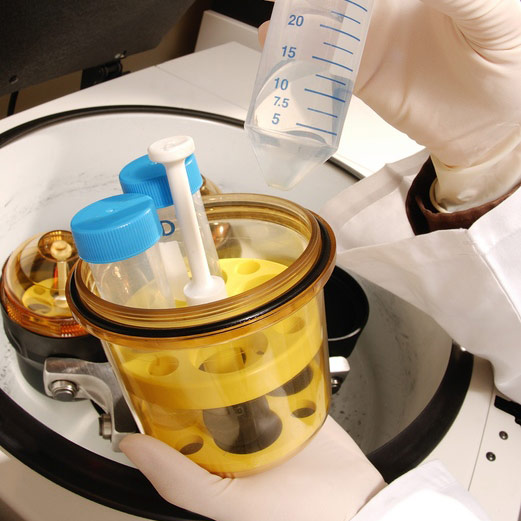
TUESDAY, June 1 (HealthDay News) — The risk of bleeding in patients undergoing procedures such as balloon angioplasty and stent implants to open blocked arteries can be lowered best through the combined use of vessel-closing devices and a blood thinner, researchers say.
Bleeding is a common complication and can lead to death, but the patients at greatest risk of bleeding are also the least likely to be treated with the lifesaving strategies, the study authors found.
Stent implants and balloon angioplasty — known as percutaneous coronary interventions — are performed an estimated one million times each year in the United States.
In the study, researchers from Saint Luke’s Mid America Heart Institute in Kansas City, Mo., examined how often patients bled after the artery-opening procedures and how those rates were affected by the closing devices and the blood thinner.
After Dr. Steven P. Marso of Saint Luke’s and colleagues analyzed the medical records of over 1.5 million patients who underwent procedures between 2004 and 2008, they found that combined use of the vessel-closing devices and the blood thinner Angiomax (bivalirudin) was most effective at lowering the risk.
Bleeding occurred in 2 percent of cases. However, the combined strategies to prevent it were used more often in low-risk patients (21 percent) than high-risk patients (14 percent).
“The results of this study suggest the need for additional research to better understand why higher-risk patients are least likely to receive bleeding avoidance strategies,” the study authors wrote.
The study findings are published in the June 2 issue of the Journal of the American Medical Association.
More information
The U.S. National Heart, Lung and Blood Institute has more on stents and heart care.

